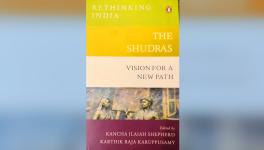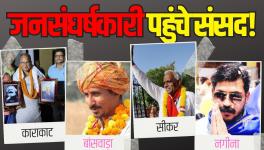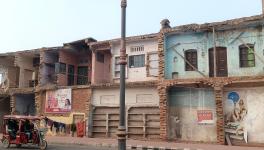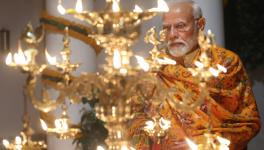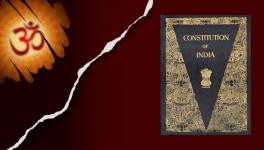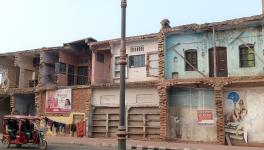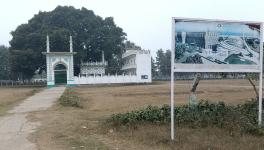Hero of Our Times?
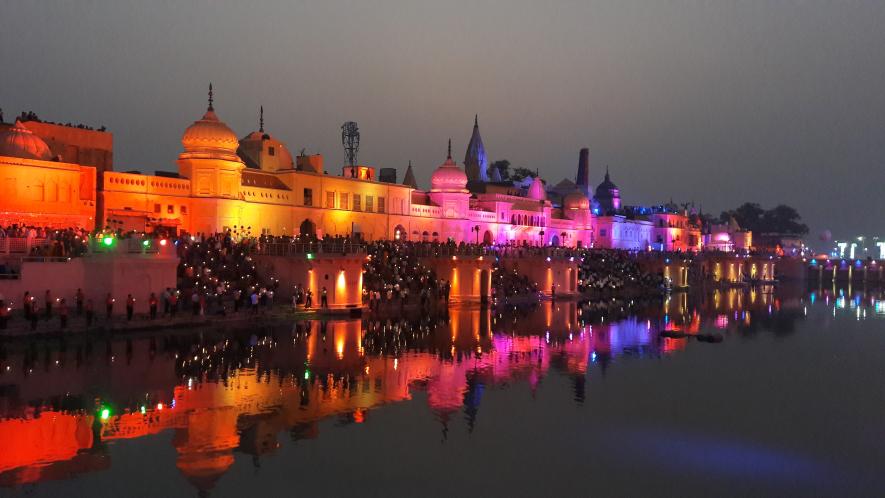
Image Courtesy: Wikipedia
How does a poet respond to the situation of a city under siege? For a poet, a crisis can trigger a tenacious journey even in the midst of a siege. The Palestinian poet Mahmoud Darwish’s Memory for Forgetfulness tracks the 1982 Israeli invasion of Lebanon in which Beirut, where he lived, was bombed. “Beirut, [is] surrounded by Israeli tanks and official Arab paralysis,” he wrote. Beirut is holding on to its nerves as it strives to “protect the radiance of its meaning as the capital of Arab hope”. In this book, Darwish opens a dialogue with Faiz Ahmed Faiz, who was also in Beirut then.
Where are the artists?
Which artists, Faiz, I ask.
The artists of Beirut.
What do you want from them?
To draw this war on the walls of the city.
What’s come over you, I exclaim. Don’t you see the walls tumbling?
The poems set up a relationship between writing (memory) and history (forgetfulness). We in India are also suspended between memory and forgetfulness. There is no bombing, neither is the blood of innocents being split at the moment, nor are there rampaging mobs on the streets. Yet an eerie silence prevails, conveying our unique interpretation of normality. The calm is punctuated by the blaring of the media channels, which seem to have cultivated a “collective, voluntary amnesia” about whatever is going on in the country. Slowly, not so silently, a pliant citizenry has emerged, ever-ready to gulp down whatever is beamed down by these channels.
This growing synergy between the rulers, the supposed watchdogs of democracy and citizenry has clouded the strange phenomenon wherein those who run the executive, hold the reins of power and dominate the legislature are never held to account. No one can question the dominant classes about their whimsical decisions, no matter how akin they are to rulings of ancient monarchs: the sudden withdrawal of 90% of available currency, the draconian lockdown at short notice, each shattering the lives of millions. While the rulers are shielded from criticism, the disempowered Opposition is roasted on a daily basis, as if all responsibility rests on its shoulders.
The ceremony for the upcoming temple in Ayodhya conveyed many such messages simultaneously.
In the collective frenzy, none wanted to remember or remind others that this bhoomi pujan was taking place where in the words of the Supreme Court an “illegal, unconstitutional and criminal act” had occurred. Perhaps the frenzy was a way to collectively dis-remember that the perpetrators of that criminal act are still roaming free.
The “illegal, unconstitutional and criminal act” committed around thirty years ago was the demolition of a 500-year-old mosque. It’s demolition was the culmination of a long well-orchestrated campaign by followers of an exclusivist, hate-filled ideology. The blood of thousands of innocents was spilled as this campaign rolled across the country. It is no use to deny that this hate drew sustenance from an ideology that flourished in the early decades of the 20th century in Europe in which millions of another kind of Other were killed.
A leading daily of the time of the demolition had described it as “Republic Besmirched”. Less than thirty years later, that old republic is being dismantled before our eyes as a new religious conservatism finds its home here. Clearly, the very inception of the temple-building, mosque-destorying programme was a formal goodbye to secularism and a grand welcome to Hindu rashtra. After all, more than 160 million people watched the 5 August spectacle on more than 200 channels: talk about people jettisoning the new and embracing a new idea of the old. The 70-year trajectory of the republic is short but a long distance has been travelled.
Here we have a Prime Minister playing chief guest, master of ceremonies and official yajmaan (patron of a religious ritual) when the inauguration of another temple in the nascent republic had led to a completely different outcome. Unpalatable it may sound, but the ground has shifted beneath our feet.
In today’s new normal, which has the stamp and seal of authority, India witnessed “1,200 years of slavery”, not 200 years of colonial rule. This was the RSS view being regurgitated, of the “Muslims” being alien to India while the distinction between the colonisation by the British and the earlier kingdoms—from India’s “Muslim past”—is erased.
The primacy being given to Hindu nationalism exposes the unease and discomfort with modernity that was never really hidden by the instigators of the Ramjanmabhoomi movement. In a Mann Ki Baat programme, Modi had lashed out at modernity. He had claimed that Indians could not accept evidence-based research due to “hundreds of years” of servitude.
A gradual marginalisation of Muslims and other religious minorities has reached a stage where they are beginning to feel redundant. Being asked to adopt an “Indian” way of life was not enough. Now they are being shown that their places of worship are not integral to India’s religious identity.
Satish Deshpande, who teaches sociology at University of Delhi, wrote in 2015 that attempts are on to “cultivate a far more durable system of normalised oppression” in which Muslims are “compelled to become permanent participants in their own subordination”. According to him, after conditions that limit their citizenship are enforced, “old clichés extolling happy coexistence, syncretic culture, the inherent tolerance of Hinduism, etc., could be brazenly repeated—garv se”. We seem to be getting there.
Democracy is built on shared ideals and goals rather than shared hatred and exclusion, but one can talk rather endlessly about this crucial moment in India’s history without the media even giving a passing nod to the fact that it conveys a sense of siege to many.
What should thinking people do? Mikhail Lermontov wrote “Hero of Our Time” in 1840, not as the portrait of an individual but an “aggregate of the vices of our whole generation..”. Or there is Jacques-Louis David, the famous artist of the flamboyant consecration of Napoleon I. We could create a “Triumph of the Will” for our times or, like Darwish, proclaim: ‘Here on the slopes of the hills, Facing the dusk and canon of time, Close to the gardens of broken shadows, We do what prisoners do, We cultivate hope.’
The author is an independent journalist. The views are personal.
Get the latest reports & analysis with people's perspective on Protests, movements & deep analytical videos, discussions of the current affairs in your Telegram app. Subscribe to NewsClick's Telegram channel & get Real-Time updates on stories, as they get published on our website.









